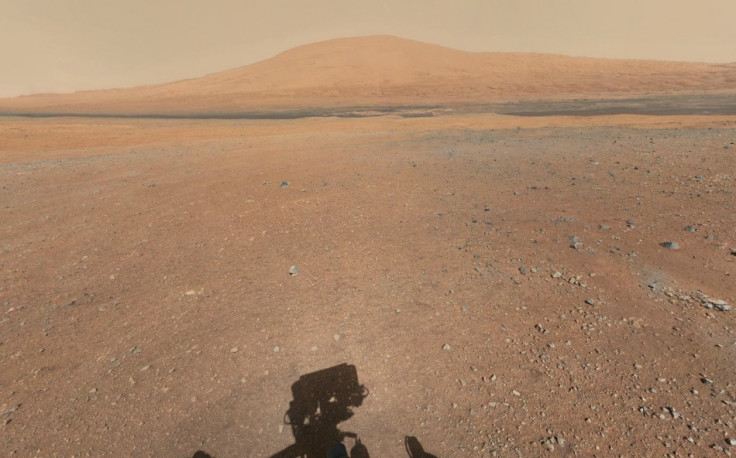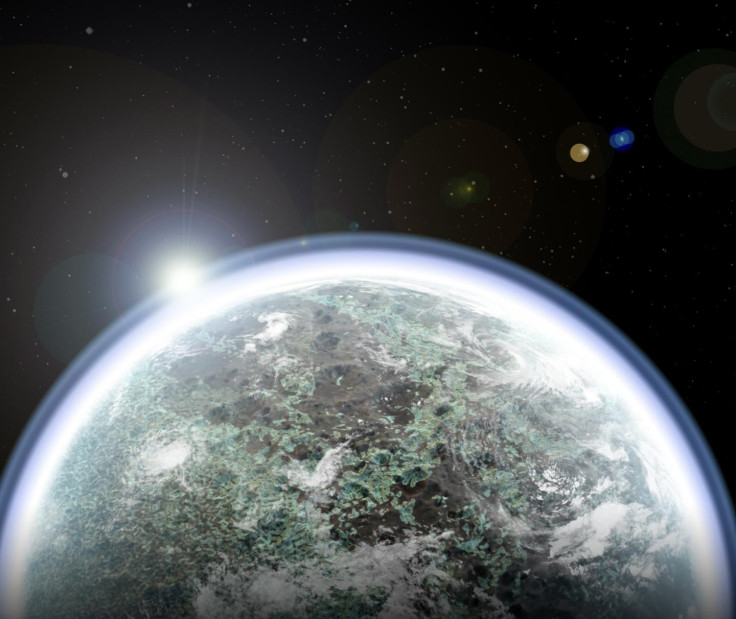Martian sauna: Ancient steam bath could have formed thick clay layers on the Red Planet
If the new theory is correct, the history of water on Mars could be completely rewritten.

In a new study, a group of researchers have posited that water may have existed on Mars much earlier than currently believed and that too not on the surface.
Today, Mars is a dusty, dry planet with an extremely thin carbon dioxide atmosphere. There's no direct evidence of water, but the presence of clay minerals – formed with the interaction of volcanic rocks and water – in rock formations scattered across its surface has led scientists to believe that water may have existed on the Red Planet sometime around 3-4 billion years ago.
However, researcher Kevin Cannon and his colleagues have suggested something totally different. According to a report in ScienceAlert, they say, a steam bath could have led to the formation of clay on the Red Planet.
The researchers suggest that during its early days, the Martian surface would have had oceans of molten magma spewing across its surface – just like other rocky planets such as Earth.
The cooling and solidification of this ocean might have brought water and other dissolved volatiles up to the surface, ultimately building a thick, steamy atmosphere surrounding the planet lasting for about 10 million years.
The moisture and heat from the resulting atmosphere could have transformed long stretches of newly solidified surface into a thick a layer of clay. Over ensuing billions of years, asteroid bombardment and volcanic activity would have covered that clay in some places, leaving what we see today.

"The basic recipe for making clay is you take rock and you add heat and water," said Cannon in a statement. "This primordial atmosphere created by a magma ocean would have been the hottest and wettest Mars ever was. It's a situation where you could pervasively alter the crust and then just shuffle those materials around afterward."
Though the researchers say the theory is debatable, their simulations, in which properties of a rock similar to Martian basalt changed after being exposed to very similar steam bath-like conditions, lend further credence to the whole idea.
If their theory is correct, the history of water on Mars could be completely rewritten. In a statement to ScienceAlert, Canon said: "There had to have been a window there when temperatures were right for life to emerge and thrive, but how long did that window last? After the planet cooled fully and the magnetic field disappeared, life likely had to retreat below ground if it had any chance of surviving."
This could be proved with subsurface samples from the Red Planet. If this had ever really happened, vast deposits of clay might still be present under the Martian surface. "There potentially would have been quite a lot of water locked up in these buried clays," says study co-author Steve Parman.
"This would be a really interesting hypothesis to test," Parman added. "Depending on where the rover ultimately lands, I think we could get the right samples to illuminate these questions."
The study is published in the journal Nature.





















